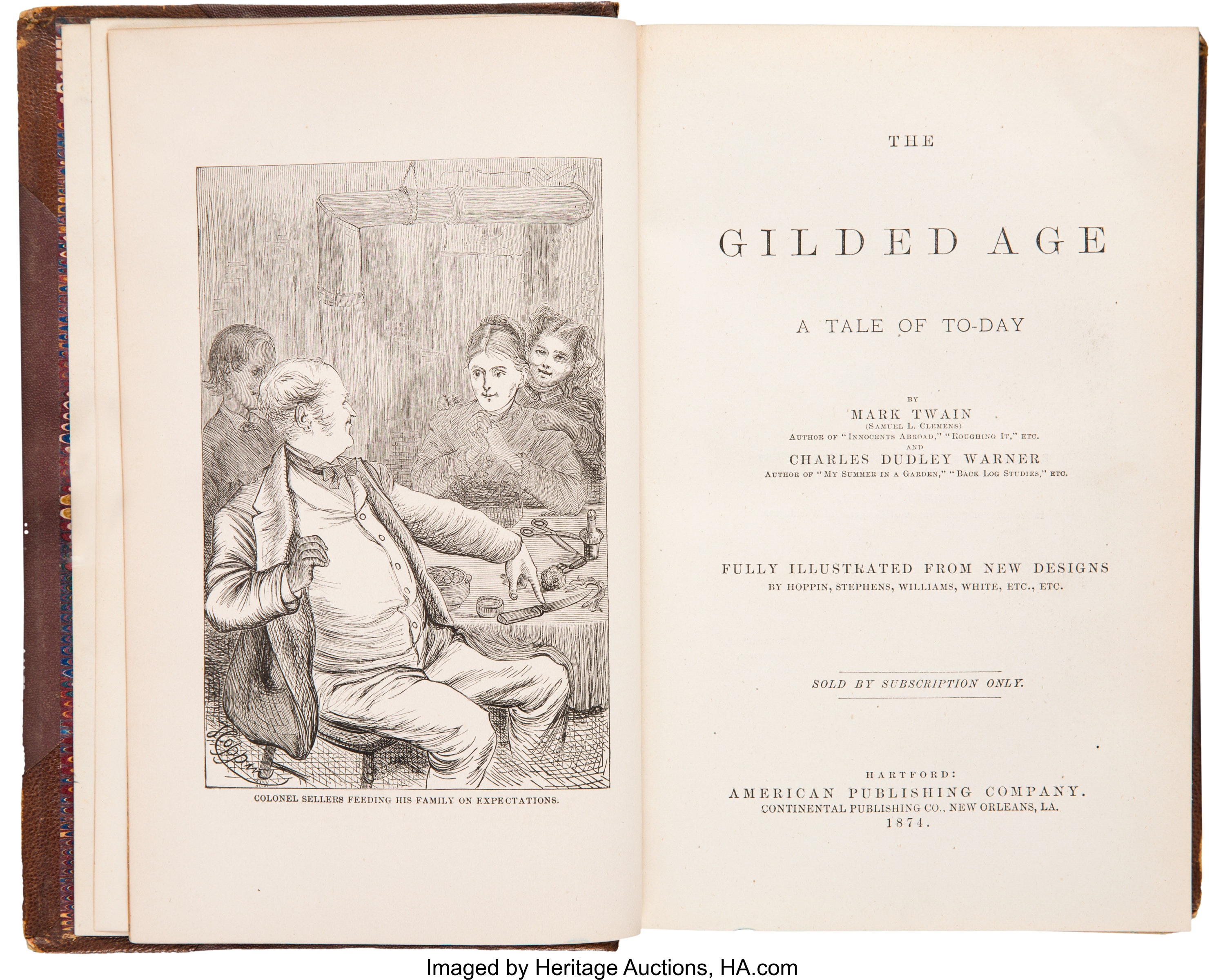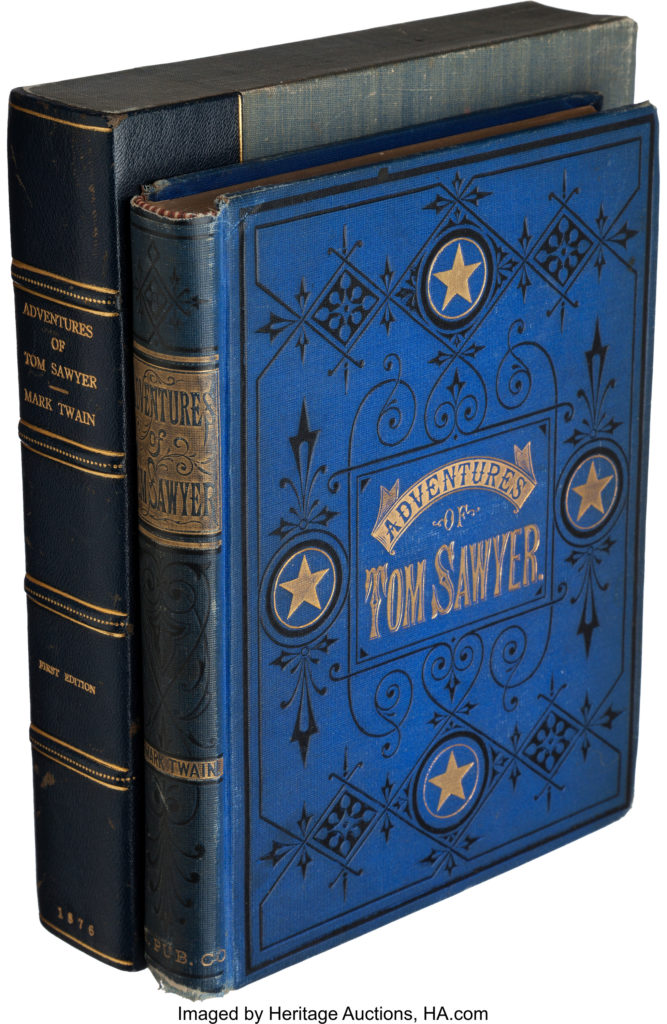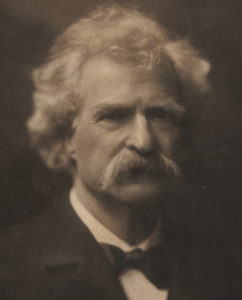
By Jim O’Neal
The Gilded Age was a fascinating time for millions of people. It is typically used as a metaphor for a period of time in Western history characterized by peace, economic prosperity and optimism. It is assumed to have started circa 1870 and extended until the horrors of World War I spread a plague of death, disease and destruction that consumed civilized nations and destroyed four empires.
In France, it was called La Belle Époque (Beautiful Era) dating from the end of the Franco-Prussian War (1871). In the United Kingdom, it overlapped the Victorian era, and in Spain the Restoration. In Australia, this period included several gold rushes that helped the “convict colonies” transform to semi-progressive cities. These are only a few of many examples.
Historian Robert Roswell Palmer (1909-2002) noted “European civilization achieved its greatest power in global politics, and also exerted its maximum influence upon people outside Europe.” R.R. Palmer was a remarkable and distinguished historian, educated in Chicago (taught at Princeton and Yale) who published A History of the Modern World in 1950. I believe it has been continually updated, the last time in 2013. Although I’ve never actually seen a copy, it gets high marks. At a reported 1,000 pages and weighing five pounds, it is not on any of my wish lists. (His wife once commented she felt sympathetic for his students having to lug it around!)
In the United States, the Gilded Age is considered to have started following the Panic of 1873. There were a number of contributing factors. Naturally, the post-Civil War era benefited from the cessation of mindless destruction in the Southern states. Then the extensive rebuilding boosted economic activity at the same time Western expansion to the Pacific Ocean created widespread urbanization.
With workers’ wages in the United States significantly higher than Europe, millions of immigrants were eager to join and this provided the manpower ingredient to natural-resource opportunities. It was a perfect fit – unlimited land, vast forests, rivers, lakes and unknown quantities of gold, silver and coal. We had fur-bearing animals, unlimited fish, millions of bison and weather that was moderate and dependable. In a 30-year period, real wages grew 60 percent as the silhouette of a new world power was taking shape. All without the tyranny that was so prevalent in the world.
Mark Twain (Samuel Langhorne Clemens) actually coined the terminology in a novel co-authored by Charles Dudley Warner in 1873. Their book – The Gilded Age: A Tale of Today – was a typical Twain satire that captured the widespread social problems that were masked by a thin gold gilding. It also obscured the massive corruption and wealth creation of the perpetrators.
This was well before his better-known work The Adventures of Tom Sawyer (1876), which described life on the Mississippi River. The sequel, The Adventures of Huckleberry Finn (1884), was even more popular. First published in England, it exposed the prevalence of racism and the frequent use of the “n” word. The U.S. publication in 1885 only fanned the flames of racial debate.
It was banned in many schools and libraries, remaining controversial during the entire 20th century. As late as 2016, both Huckleberry Finn and To Kill a Mockingbird were banned in a Virginia school. Of course, there was some irony in the fact that our first black president was serving his second term in office.
In fact, Twain’s Gilded Age was meant as a pejorative and didn’t really enter contemporary usage until the 1920s. But it was an apt description throughout the 1870s, until the late 1920s ushered in the crash of Wall Street. With the Union off the gold standard, credit was readily available and the U.S. monetary supply was far larger than before the war.
Northerners, largely insulated from the actual war, sensed the almost inevitability of an industrialize nation and railroads across the country like an iron spiderweb. The early days of the Gilded Age – before the name gained its truer historical meaning – were alive with the optimism and speculation on America’s potential. It was a great run and established America as the greatest country in the history of man.
Twain’s Gilded Age looks in retrospect like a prescient warning – comeuppance wrapped in satire. The Great Depression quickly evaporated the hopes and dreams of millions and then consigned them back to poverty pending another cycle of war followed by prosperity. Andrew Carnegie noted for posterity his opinion on wealth creation: “The proper policy was to put all eggs in one basket and then watch that basket.”
It is hard to draw lessons from these cycles if we consider the current federal government, the U.K. and their Brexit, Africa, most of Latin America, virtually the entire Middle East, and the possible outcome of Hong Kong-China. But we keep trying.
 Intelligent Collector blogger JIM O’NEAL is an avid collector and history buff. He is president and CEO of Frito-Lay International [retired] and earlier served as chair and CEO of PepsiCo Restaurants International [KFC Pizza Hut and Taco Bell].
Intelligent Collector blogger JIM O’NEAL is an avid collector and history buff. He is president and CEO of Frito-Lay International [retired] and earlier served as chair and CEO of PepsiCo Restaurants International [KFC Pizza Hut and Taco Bell].


